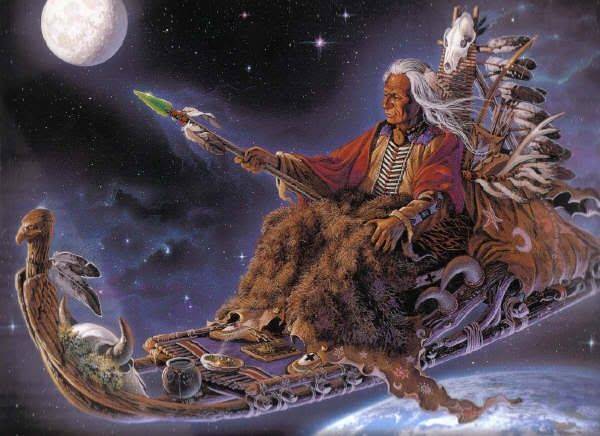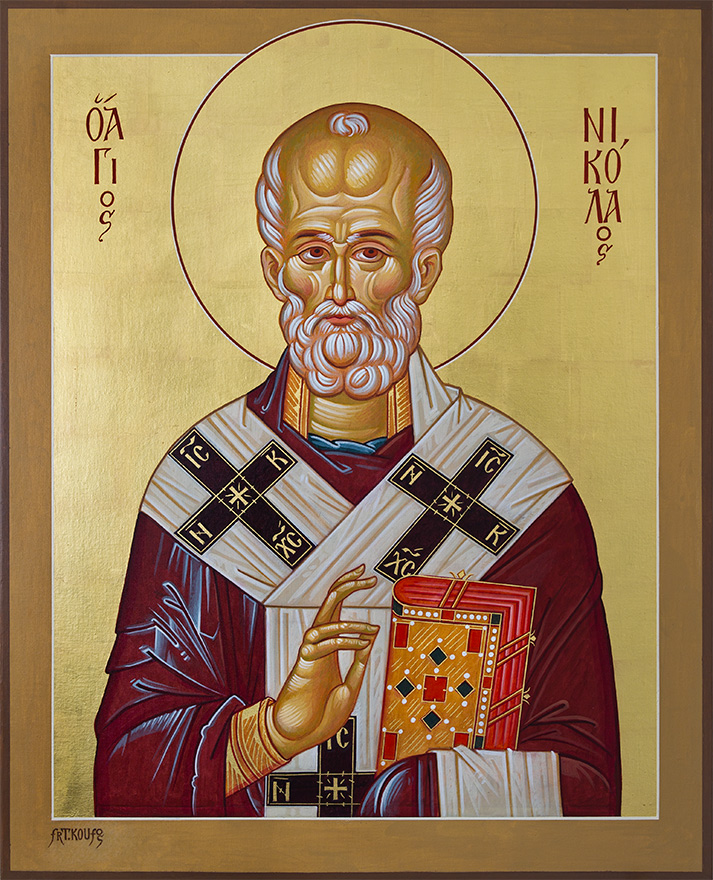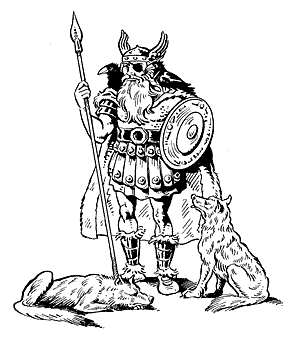Vox
Gold Member
- Jun 17, 2013
- 10,937
- 867
- 138
Is Santa Claus a Christian symbol?
If so, please break it down for me by showing me how.
As it stands, I don't see how a mythical character is a symbol for Christianity.
In fact, I believe it distorts it, certainly if and/or when it's used as symbol for Christianity.
I look forward to your responses.
Santa Claus is and American adaptation of St. Nicholas ( since Americans traditionally are Protestants and do not recognize Saints).
In the vast majority of Europe - there is no "Santa Claus" - there is St. Nicholas.
At least that is the tradition.








